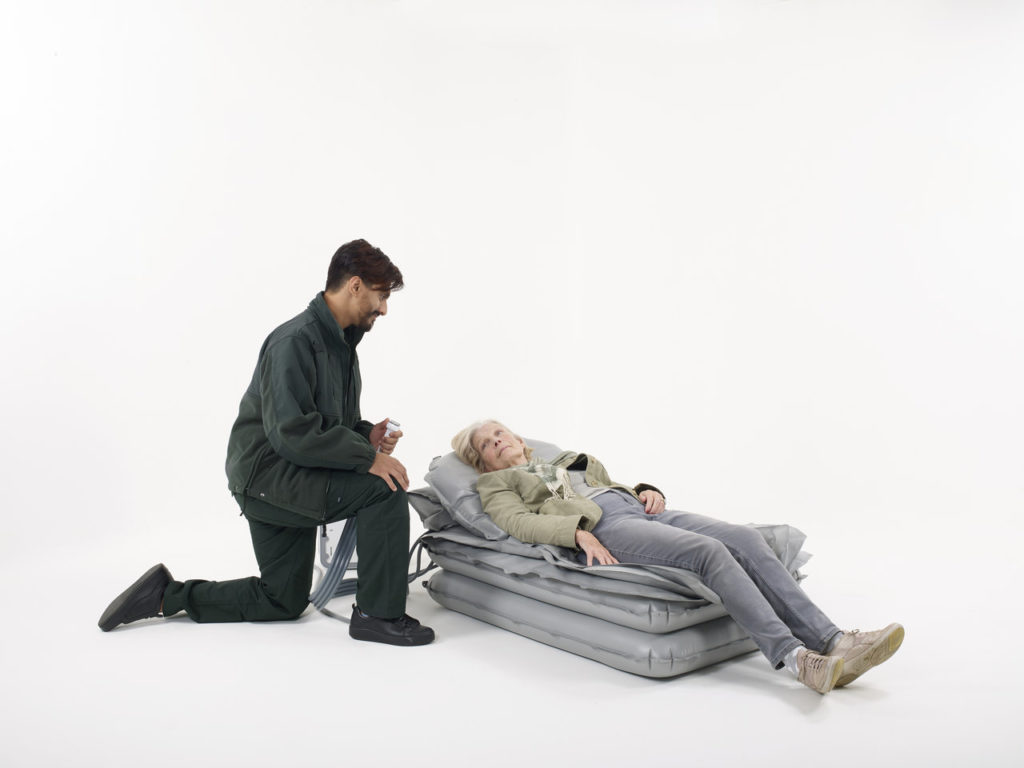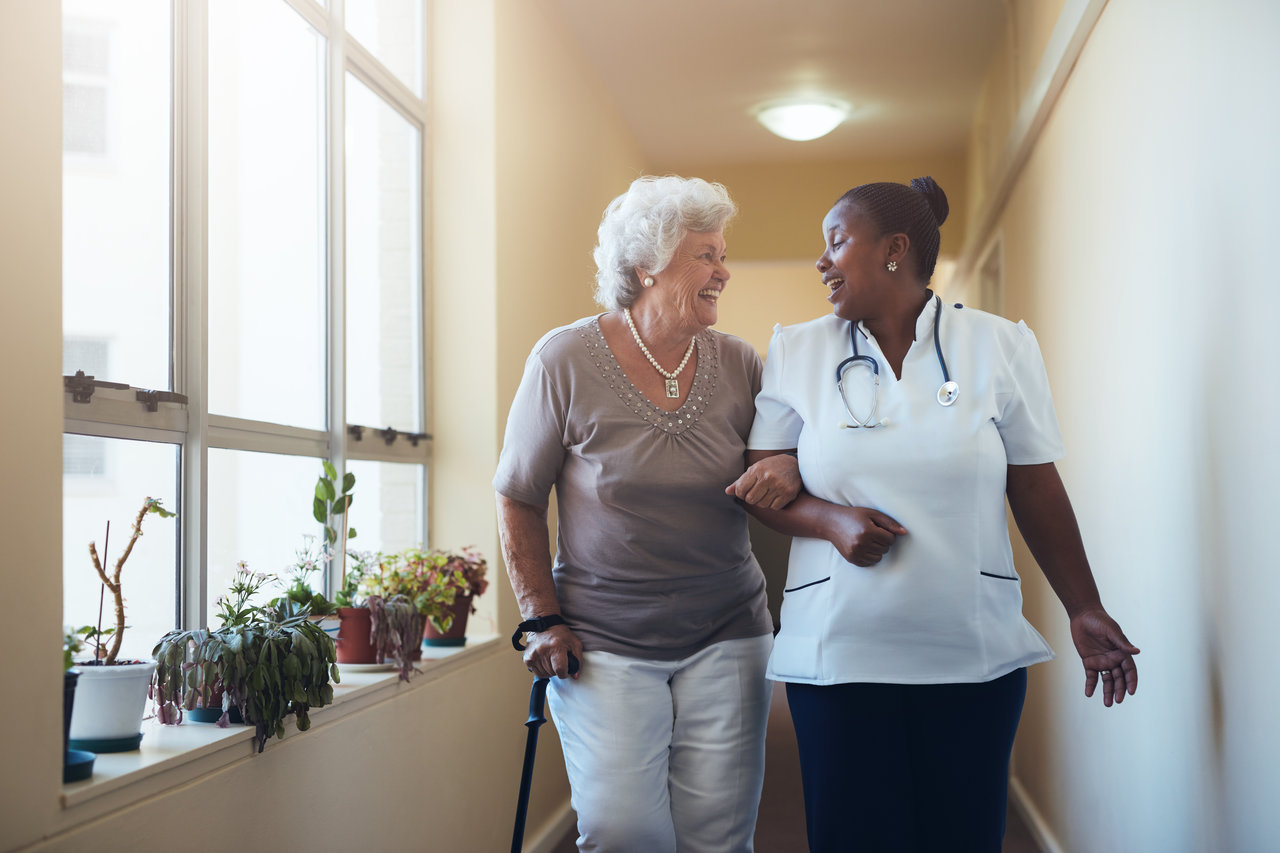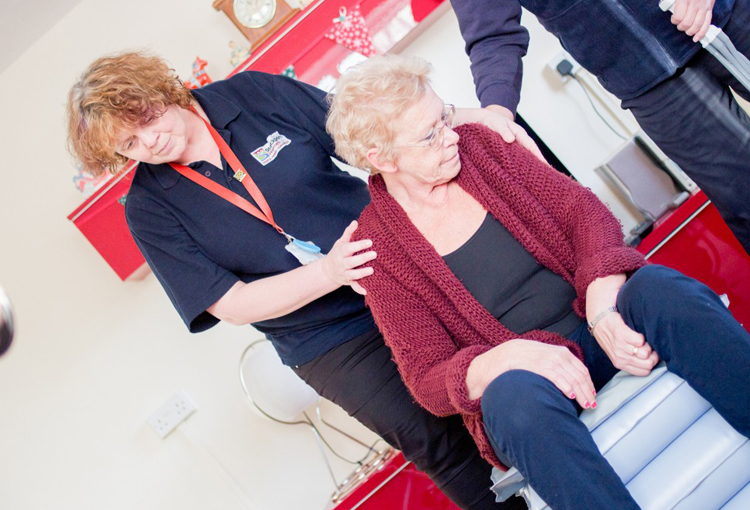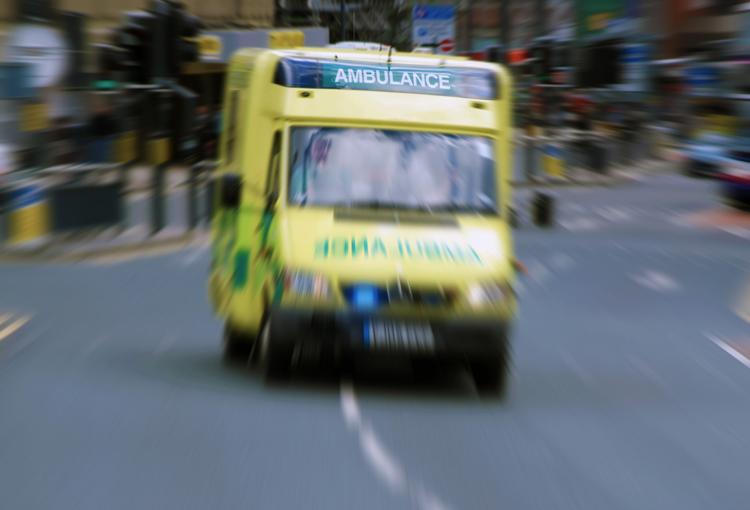Fill our form to download your free research report, written by Dr Mark Hawker.
Case Study: Fall Prevention In Care Homes
Falls: The huge cost to the individual, Nursing homes, their carers, the NHS and social care.
This paper gives an insight in the costs, personal and financial and how simple investment of equipment in the right place at the right time could potential save lives and significant money.

Case Study Authors: Kate Sheehan and Dr Rachel Russell, OT Service
Today 1,000 residents will fall in a care home
It is reported that people living in institutional settings are at greater risk of falling.
One study found 80% of people who had a call alarm did not use it, including people who lived in residential care
Your procedure when a resident falls is critical both to them and to you and to how you are meeting your fundamental standards of practice.
The Care Quality Commission has 13 fundamental standards that should be up held as the principals of good practice; these standards are no more relevant than when a resident has fallen. Included in this standards are:
- Person centred – You must have care or treatment that is tailored to you and meets your needs and preferences.
- Dignity and respect – You must be treated with dignity and respect at all times while you’re receiving care and treatment.
- Safety – You must not be given unsafe care or treatment or be put at risk of harm that could be avoided.
- Premises and equipment – The place where you receive care and treatment and the equipment used in it must be clean, suitable and looked after properly.
- Fit and proper staff – Their staff must be given the support, training and supervision they need to help them do their job

Care homes that have appropriately trained staff in people handling and equipment use can provide a dignified service whilst safe guarding the health of residents and staff.
Falls impact our physical, psychological and cognitive well-being. They also have huge financial costs
Personal cost
Even minor falls lead can be debilitating leading to loss of confidence and independence.
Even when there has been no physical injury, depression, fear of falling and other psychology problems can arise, this is known as ‘post fall syndrome’.
Falls are associated with the following psychological issues , loss of mobility which then leads to social isolation and depression, increased dependency and disability, hypothermia, pressure related injury, infection.
Consequences of fall include ‘Distress, pain, loss of confidence and loss of independence’ and these consequences not only affect the person but also affect the family and carers.
Financial costs
One study found that people over the age of 90 living in residential/nursing care always needed help to get up off the floor, this has a significant impact on carer time and any intervention that can reduce the time to assist someone off the floor is worth investing in 4 million bed stays a year due to falls and associated fractures.
Cost of hospital stay is approximately £303 per day.
In 2012/2013 2,211228 admissions involved people over 60 at cost of £3.4 billion
2003 research indicated unintentional falls cost £981 million 59% cost to the NHS the rest was social services for long term care
The response to a fall should allow for a assessment of the residents condition, if no significant injury has be sustained they should be assisted into a suitable chair or bed using the most appropriate equipment and
monitored regularly.
Lying for long periods risk of hypothermia and pressure sores so the sooner we can get a resident up the better for them and the long term care input for the home.
In a time where there are competing demands for health and social care budgets, how do we achieve better health and well-being outcomes for people who fall in a home?
…however falls happen it is how we react to them that is the key
So what can your Nursing Home do?
- Create a falls procedure, that provides for a person centred approach and treats the resident with dignity
- Have a check list to make sure the resident is not in need of emergency help
- Have equipment in place that allows for a resident to be lifted safely, such as the Camel and Elk
- Have a staff group that are trained in the use of the equipment and have the confidence to move and handle their residents
This could save the ambulance service £50 million of unnecessary costs to the ambulance service each and every year.
Maintain your resident’s dignity and well-being, whilst going over and beyond the CQC fundamental standards of care.

Sources
- Tian, Y., Thompson, J., Buck, D. and Sonola, L., 2013. Exploring the system-wide costs of falls in older people in Torbay. King’s Fund.
- Todd, C. and Skelton, D., 2004. What are the Main Risk Factors for Falls Amongst Older People and what are the Most Effective Interventions to Prevent These Falls?. World Health Organization.
- Fleming, J. and Brayne, C. (2008). Inability to get up after falling, subsequent time on floor, and summoning help: prospective cohort study in people over 90. BMJ, 337(nov17 1), pp.a2227-a2227. [online] Available at: http://bit.ly/2vRiEPz
- 4. http://bit.ly/2vRMq6x
- nhsconfed.org. (2017). Falls prevention New approaches to integrated falls prevention services [online] Available at: http://www.nhsconfed.org/~/media/Confederation/Files/Publications/Documents/Falls_prevention_ briefing_final_for_website_30_April.pdf [Accessed 28 Jun. 2017].
- Nice.org.uk. (2013). Falls in older people: assessing risk and prevention | Guidance and guidelines | NICE. [online] Available at: https://www.nice.org.uk/guidance/cg161 [Accessed 28 Jun. 2017].
- Gov.scot. (2017). The Prevention and Management of Falls in the Community: A framework for action for Scotland 2014/16 [online] Available at: http://bit.ly/2xxacJE [Accessed 28 Jun. 2017].
- Ageuk.org.uk. (2017). Later Life in the United Kingdom April 2017 [online] Available at: https://www.ageuk.org.uk/Documents/EN-
- Scuffham, P. (2003). Incidence and costs of unintentional falls in older people in the United Kingdom. Journal of Epidemiology & Community Health, 57(9), pp.740-744. [online] Available at: http://jech.bmj.com/content/ jech/57/9/740.full.pdf [Accessed 28 Jun. 2017].
- Rospa.com. (2017). Older People Safety – RoSPA . [online] Available at: https://www. rospa.com/home-safety/advice/older-people/ [Accessed 28 Jun. 2017].
- Care Act (2014) https://www.gov.uk/government/publications/care-act-2014- part-1-factsheets/care-act-factsheets












